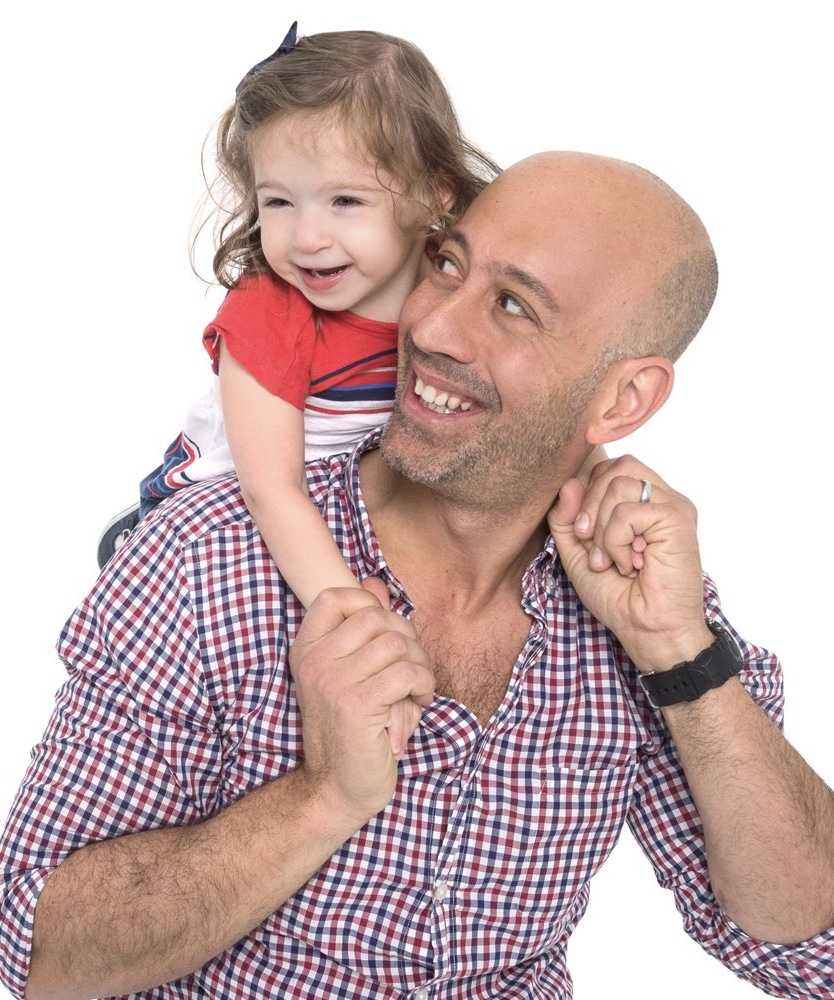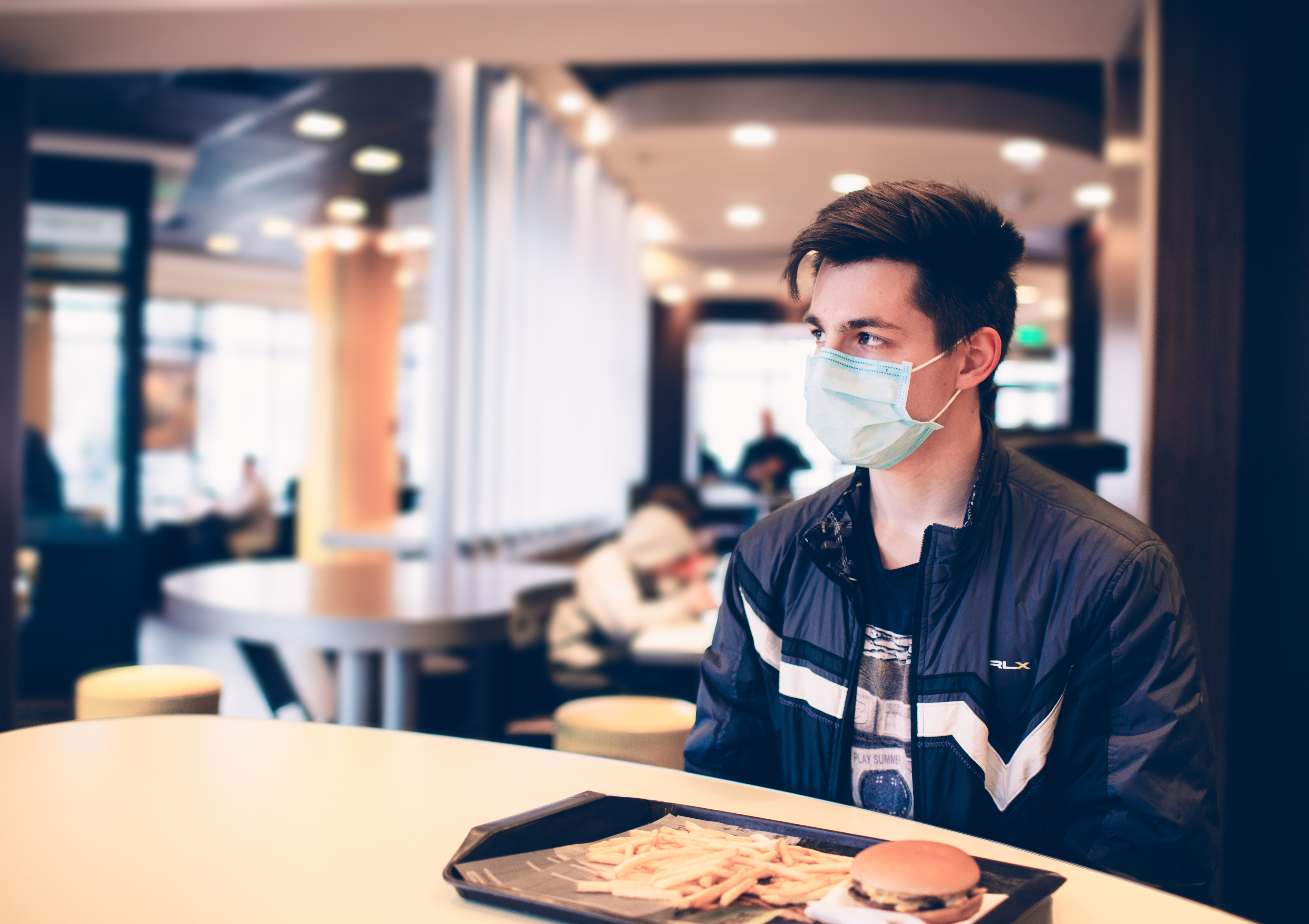Recently, for the first time in his professional life, Eric Stine became a full-time remote employee because of the coronavirus pandemic. Each week, he’ll share the highs, lows, and learnings of a WFH newbie. You can read all of his diary entries here.
Week Nine: Hold Me Closer, Tiny Dancer
The coronavirus caseload has fallen considerably here in Connecticut — in the whole metro New York area, in fact. There are only 267 cases in our town of more than 28,000 people right now. That just-under-1% seems fairly consistent across the towns and cities in Fairfield County — but stubbornly so. After peaking roughly six weeks ago, we saw a fairly steady decline which now seems to have flattened, plateaued.
I don’t know whether this is reassuring. It’s certainly better than where we were in March, but I keep wondering why we can’t get it lower. I keep putting off considering even the most modest relaxing of our quarantine, hoping the next week’s news will bring us closer and closer to zero. New Zealand did it. Of course, being a remote island probably helps.
We shut down when there were barely 40 confirmed cases in town — and it got written up in The New York Times; so why is 267 OK? The beaches are opening, and the golf courses, yet we have six times as many cases as when we were the canary in the coal mine for shutting down the entire state.
Also, there are now reports of a strange syndrome in children with COVID-19: an inflammatory disease similar to toxic shock. When one of the local parents asked about starting regular group play dates, our reaction was roughly the same as if she’d asked if we wanted to drop acid.
That would be a “no.”
I simply don’t understand how there are states undergoing even more aggressive “reopening” — whatever that means — when they are hitting daily highs in their case count. How do you go to the mall when cases keep climbing? Are a couple of more weeks that inconvenient? Can you really not live without a weird, shiny pretzel from Auntie Anne’s? (My mom once said they were “so good they’re deadly,” but I’m sure that was hyperbole.)
Is this really so bad? For those of us who can, we’re eating home-cooked food, spending more time with our families. Our skies and the water are cleaner and clearer. There’s so much that we can actually live without, that I fervently hope we take something else from this experience other than annoyance that we couldn’t go to Shake Shack. Do we really need the protests? I’m a lawyer and I don’t remember seeing the part of the Constitution that gives you the right to go to Hooters.
It’s almost amusing to me — or would be, if it weren’t so concerning — that we’ve even politicized a pandemic. That there are people who would actually prefer to risk death by working together. I can’t even wrap my brain around that — and I used to be able to do differential equations. That said, I no longer ever remember what differential equations are, other than we used to call that class in college “DiffyQ,” like it was a place you got ice cream blended with gummy bears. Which is amazing. The gummy bears get frozen and crunchy like Jolly Ranchers. So good! Where was I… Yes, politicization! But here’s the thing: I actually think politics will save us. Here’s how:
I have a three-step plan for my own personal reopening. This is what I will use as my benchmark… Until then, the only nail salon I’m going to is my kitchen table (it already has so much magic marker on it, it looks like Pollock original). The odds of me sitting across from someone for 45 minutes while they hold my hands and breathe in my face are about the same as me bathing in lighter fluid and playing with matches.
1. Case count
I want to see the statewide new daily case count drop under 100. I’m open to 250, but I’d prefer double digits. Actually, I’d prefer 0. I was once on team New Zealand during the Olympics competition at Camp Kinder-Ring. I know that the Kiwi is the state fruit and state bird (it can’t fly, but neither can I) and there are a lot of waterfalls. I could live there about now.
When the new daily case count drops to that level, I might get drive-thru Starbucks with gloves and a mask and contactless payment. And pour it into my own cup.
2. Churches
I’m paying close attention to when churches open. Indoor gatherings are ordinarily random or scattered occurrences. Concerts, conferences, etc. But the reopening of churches would represent regular indoor gatherings at scale. I’d want to see how the case count is impacted two or three weeks after Sunday services resume.
If people aren’t going — then we really shouldn’t reopen; people may be protesting, but they aren’t really feeling safe. If they are going, then we can see how the case count is impacted.
3. Schools
This, to me, is the alpha and omega of reopening. There is no true reopening without schools. There is no real going back to work, or being back in business, without schools opening.
And here’s the last thing I know — the entire American economy and political system revolves around families with kids in the public schools of affluent communities. It is the strongest force in American politics — stronger than special interest money, stronger than partisanship. Anything in politics that even mildly threatens those kids, or upends the status quo in those districts, is DEAD ON ARRIVAL.
If parents in Manhasset, NY or Potomac, MD or Lake Forest, IL or Lenexa, KS or Highland Park, TX or Dunwoody, GA or Cherry Creek, CO or Carlsbad La Costa, CA aren’t sending their kids to school, it’s game over. We’re closed.
So… maybe hold off on that weird shiny pretzel.
Working From Home in the New Normal is a data-driven storytelling initiative from SAP and Thrive Global, bringing together insights powered by the Qualtrics Remote Work Pulse with actionable Microsteps and stories from Thrive to help you navigate working from home. Visit daily for the latest data and stories to help improve your focus, prioritization, and well-being.


